- Citrix
- Citrix XenApp / XenDesktop
- 14 May 2016 at 11:18 UTC
-

- 1/2
When many applications are running on a single server or that resource-intensive applications are published from a server via XenApp, you will need to balance the load on different servers.
For this, Citrix offers a complete system of strategies that will enable you to manage the load of your servers.
Configuration used :
- an Active Directory server
- a XenApp server with all components on the same server
- a virtual machine created on a XenServer virtualization server and running Windows Server 2012. (VDA is installed on this virtual machine)
Note : This tutorial has been made with published applications (XenApp), but the principle is the same for published desktops (XenDesktop).
1. Create the machines catalog
To do a load balancing, you need at least 2 servers with the same configuration and same applications (and same versions to avoid random bugs).
In order to obtain identical machines, the best way is to :
- create a reference virtual machine on a virtualization server (preferably XenServer to stay in the Citrix technologies)
- install applications that you want to publish
- install the VDA in this virtual machine
- create as many copies as you want of this virtual machine using MCS (as explained later in this tutorial)

To begin, create a machines catalog.

Select the type of OS installed in the reference virtual machine.
Note : in our case, it is a windows server 2012 operating system.

Because we create a catalog of machines from a virtual machine, the power will be managed.
Then, we will deploy machines with Citrix Machine Creation Services (MCS) to create copies of our virtual machine where the VDA is installed.
Note : if the "machines whose power is managed" option is grayed out, just add a connection to your virtualization server (eg XenServer) in the "Configuration -> Hosting" section of Citrix Studio. As noted on this page : Link the XenServer server to XenDesktop

Select the virtual machine to copy many times and select the version of the VDA installed in this virtual machine.

For this tutorial, we'll create two virtual machines from our virtual machine.

Select the organizational unit (folder) where you want to store the Active Directory computer accounts.
Then, specify a model for the machine name.

Citrix Studio will create copies of your virtual machine.
Note : this can take a long time depending on the number of machines to create and the size of the reference virtual machine.

Finally, the machines catalog will appear in Citrix Studio.

2. Create a delivery group
To publish applications or desktops of created virtual machines, go to "Delivery groups", right click in the list and click "Create a delivery group".

Click "Next".

As you can see, you can create a delivery group with multiple machines.
In our case, we select our catalog "Windows Server 2012 VMs" and we select 2 for the number of machines to be used for this delivery group.

We choose "Desktops and applications" to publish applications of our virtual machines and their desktops.

For simplicity, we allow all users of the domain for this delivery group.
However, in a production environment and mainly when you use paid programs including Microsoft Office, you will need to check the number of users authorized by the license for published programs.

As you can see in this step, Citrix Studio will ask you to select which applications to publish from selected virtual machines.
It is therefore important that machines used have the same configuration, same programs and same versions of published programs.

Click Next.

Specify a name for the delivery group and click "Finish".

The delivery group appears in the list.

Share this tutorial
To see also
-
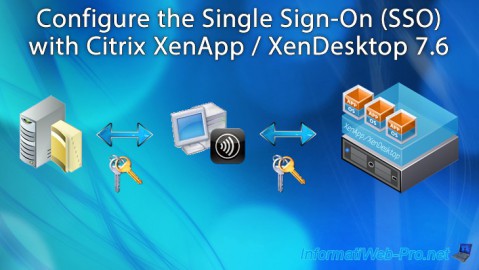
Citrix 8/2/2016
Citrix XenApp / XenDesktop 7.6 - Single Sign-On (SSO)
-
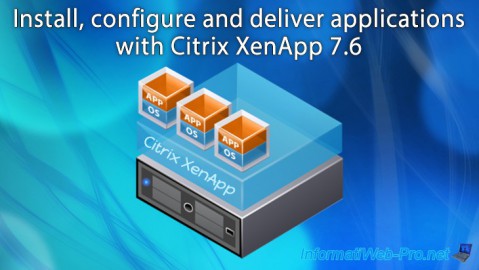
Citrix 3/22/2015
Citrix XenApp 7.6 - Applications delivery
-
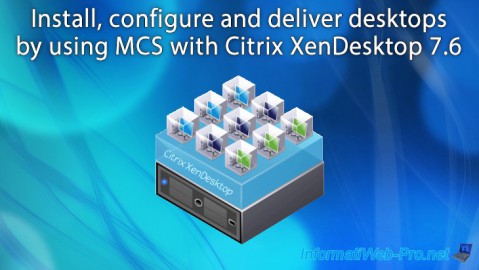
Citrix 5/13/2015
Citrix XenDesktop 7.6 - Deliver desktops by using MCS
-
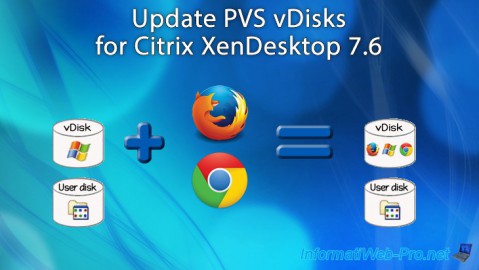
Citrix 3/27/2016
Citrix XenDesktop 7.6 - PVS - vDisks updates

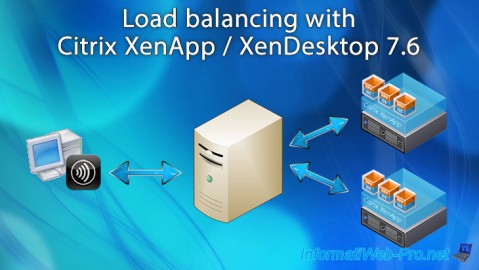
You must be logged in to post a comment